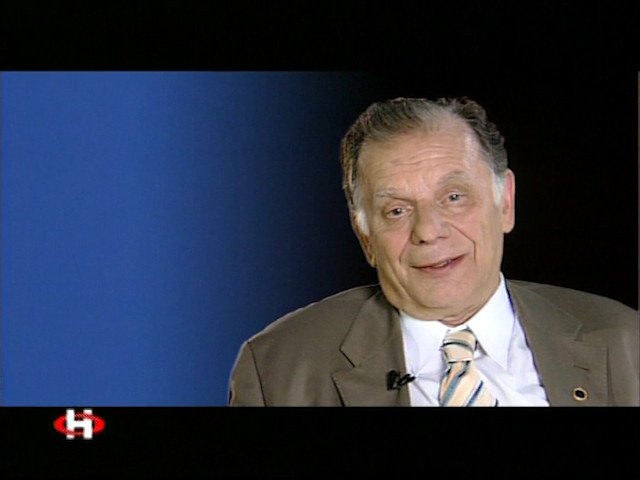Official:
Sergey Vasilyevich Lebedev. July 13 (25), 1874 – May 2, 1934. Chemist, creator of an industrial method for producing synthetic rubber. Academician of the Academy of Sciences of the USSR.
Life and Work:
1. Can chemistry replicate nature? Re-create matter in the laboratories of our factories? Even the scientists are in complete disbelief. Can chemistry replicate nature? In the early thirties, this Grigory Sannikov’s question concerned not only the poet, but also many people in many developed countries of the world. At that time, the development of industry was severely limited due to the insufficient distribution area of the Brazilian hevea. The rubber manufacturers valued this tree immensely: without collecting latex from this rubber plant, it was impossible to produce even a single gasket, tire, or a rubber glove. Hevea was planted in Brazil; they started to plant it on the island of Java, but the growing demand overwhelmed the production.
2. The USSR had the hardest time. But this country solved the problem radically: in 1932, the Soviet industry became the first in the world to launch production of synthetic rubber. And we should thank the Russian organic chemist Sergey Lebedev for this.
3. Lebedev was born in 1874 in the family of a priest in Lublin – the Kingdom of Poland was part of the Russian Empire at that time. His father died when Sergey was 7 years old, and his mother had to take the children to Warsaw, where her parents lived.
4. In the Warsaw gymnasium, the dreamy boy made friends with a classmate, a son of the famous chemist Y. Y. Wagner. The professor’s tales of science and famous friends and colleagues A. Butlerov, D. Mendeleev, N. Menshutkin were so so fascinating that Sergey decided to choose chemistry as his lifetime occupation.
5. At St. Petersburg University, chemistry was taught perfectly: Sergey Lebedev attended lectures by Dmitri Mendeleev, and composed his graduation work under the guidance of the future academician Alexey Favorsky.
6. The graduate cum laude was not allowed to stay at the university chair. The reason was his unreliability: as a student, Sergey Lebedev participated in student unrest and was even exiled from the capital.
7. At first, the certified chemist even had to work as a laboratory assistant at a soap factory. But the talent turned the tide: Lebedev got a job in the Rail Steel Research Commission at the Institute of Railway Engineers. The works of this commission were awarded a gold medal at the International Railway Exhibition in Milan in 1907.
8. His scientific career was not easy, but in 1902 Lebedev received a position as a laboratory assistant at the Department of Technical and Analytical Chemistry of St. Petersburg University. And he continued his work in the Rail Steel Research Commission.
9. Meanwhile, the Russian-Japanese war started. Lebedev’s scientific work was interrupted in 1904 by a call to military service.
10. He managed to return to scientific research only in 1906. To make up for lost time, Lebedev worked in the laboratory from morning to night and often stayed there for the night as well. His bed was made up of blankets kept in the laboratory in case of fire.
11. In 1910, Lebedev synthesized something resembling rubber from divinyl for the first time. He obtained a few grams and presented them at a meeting of the Russian Chemical Society. Sergey Vasilyevich reacted calmly to the enthusiasm of his colleagues: “You see, two years of work – and only half an hour of results. This is a chemist’s life: years of labor behind every word. But this is our strength.”
12. In 1926, the Supreme Council of the National Economy of the USSR announced an international competition for the development of industrial production of synthetic rubber. The conditions were quite strict: it was necessary not only to describe the method, but also to present two kilograms of synthetic rubber and a developed scheme for its factory production from affordable and cheap raw materials. Lebedev managed to do it in two years: he obtained synthetic rubber by polymerization of butadiene in presence of metallic sodium.
13. And he found a very accessible raw material: Sergey Vasilyevich produced butadiene from ethyl alcohol. And alcohol was produced from most ordinary potatoes. However, lots of it was needed: at first, five hundred kilograms of potatoes was required to make one car tire.
14. Rubber brought Lebedev to the Academy of Sciences: in 1928, he was elected a corresponding member, and in 1932 – a full member of the USSR Academy of Sciences.
15. His second wife, Anna Petrovna Ostroumova, who was a famous artist and Sergei Vasilyevich’s cousin, recalled, “Sometimes he was lying on his back, and it seemed to me that he was asleep, then he would suddenly take out his notebook and start writing down chemical formulas... Overall, I have noticed many times how Sergey Vasilyevich, sitting at a concert and apparently excited by the music, would suddenly take out his notebook or, if it was not there, hurriedly take a poster and write down chemical formulas there; then he would hide it in his pocket.”
16. Honoring Lebedev on the occasion of the twenty-fifth anniversary of his scientific activity, colleagues noted that his works “contain great beauty, an amazing equilibrium, brevity and clarity of form.” Lebedev replied gracefully and in a gentlemanly manner: “If you find these qualities in my work, then thank Anna Petrovna – I learned all this through her art.”
17. In 1932-1934, Lebedev supervised the launch and initial work of the first synthetic rubber plants and constantly went on work trips to adjust the work of the plants. On his last trip to Yefremov, Sergey Vasilyevich contracted typhus. The disease was fatal.






















